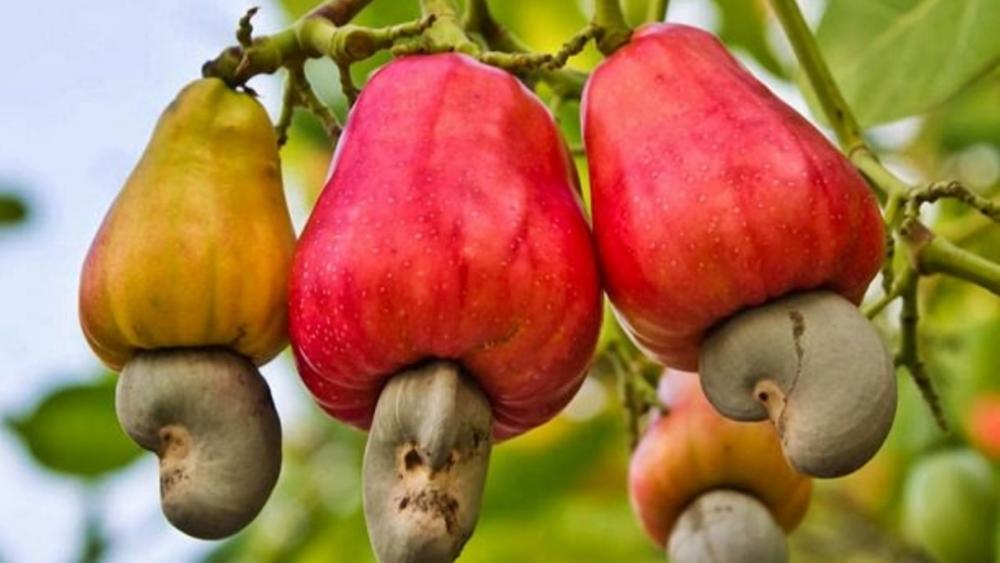

Urushiol is the reason cashews are never sold in the shell and are typically roasted. The oil is found in all parts of the plant, including the leaves, stems, and even the roots.
#Cashew plant fruit skin
They all contain urushiol, the sneaky oil that causes the skin to erupt in rashes for some people and is the bane of my existence, but to varying degrees.

The anacardiaceae family of trees, sometimes called the cashew family, includes mango, poison ivy, poison oak, sumac, Peruvian pepper, pistachio, and you guessed it, cashews. What is the difference between poison ivy, poison sumac, and poison oak? Mango, it turns out, is also a member of the anacardiaceae family. You see, my friend had cooked for me a popular meal from her homeland of Trinidad, which was full of delicious, fresh mango. So, how was that possible? It was then that I learned-the hard way-that poison ivy is just one member of a family of trees, the anacardiaceae family, that can carry an oily irritant that causes a rash. I think I saw one tree the entire time, and it certainly wasn’t hosting a nefarious vine.

In one instance, however, I broke out in a poison ivy-type rash after visiting a friend in downtown Los Angeles and my dog was nowhere in sight. Dogs do not react to the plant’s oils, so she carries on none the wiser but brings the oils to me. I wish! Unfortunately, for me, it’s usually my dog that frolicks in the plant. Well, stop rolling around in poison ivy, you might be thinking. It’s itchy, uncomfortable, and I’ve spent many sleepless weeks on steroids trying to keep the rash at bay. When I encounter poison ivy or poison oak, even in the tiniest amount, my body’s immune system explodes in a systemic reaction, creating a situation that requires fast treatment. Avid listeners of this podcast may recall my past revelations that I have a super power.


 0 kommentar(er)
0 kommentar(er)
